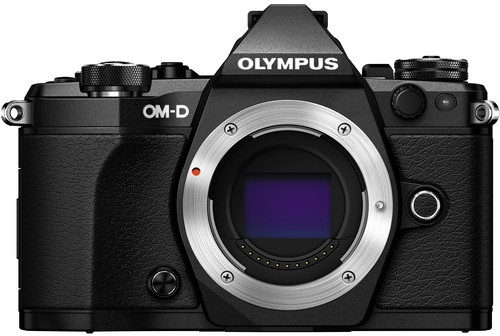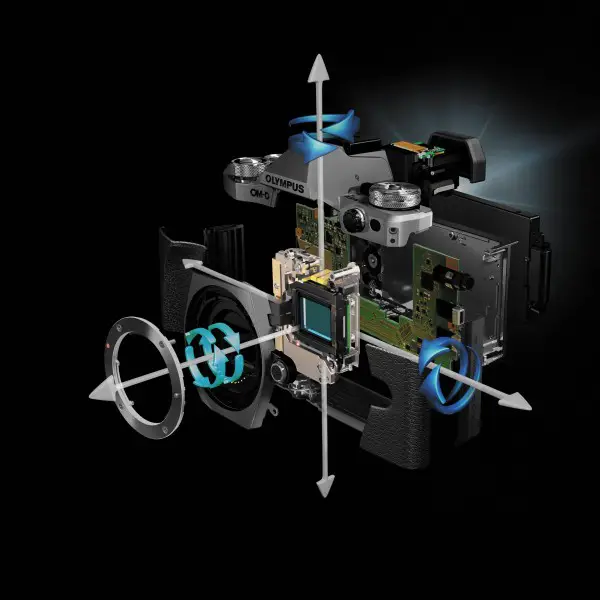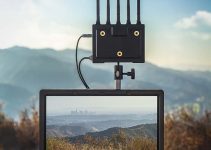I’ve never owned or shot with Olympus cameras, nor with Nikons. Never got excited about them, I guess I’ve always been a Canon guy. Or brainwashed by them. But thats besides the point. Apparently the new Olympus OM-D E-M5 Mark II camera has some pretty unique features up its sleeve. It features state-of-the-art 5-axis in body image stabilisation (supposedly much better than the one of the Sony A7 II) Intra-frame and IPB (Long-GOP) codecs (77Mb/s and 52Mb/s respectively) and an intriguing features that photographers would love – that is the ability to get 40MP raw images from a 16MP sensor?
How’s that even possible? Here’s what Olympus have to say about that:
“The Olympus OM-D E-M5 Mark II takes high-resolution imaging to a whole new level. In addition to the exceptional 16-megapixel stills you’ve come to expect from OM-D, the E-M5 Mark II captures 40-megapixel images*2 using an innovative pixel-shift technique that is facilitated by the voice-coil motor IS unit. The 40-Megapixel High-Res Shot mode captures eight sequential images, moving the sensor by 0.5-pixel steps between each shot. Then, the E-M5 Mark II compiles those images to produce a super-high resolution shot that rivals those captured with a 40-megapixel full-frame camera.

A tripod and a high-resolution M.ZUIKO® DIGITAL PRO or M.ZUIKO Premium lens are recommended to use the 40-Megapixel High-Res Shot mode, which captures eight shots over a period of one second. Another two seconds are required to compile the final image. Images can be captured at up to f/8 with a shutter speed of up to eight seconds and a sensitivity of up to ISO 1600. When shooting in RAW+JPEG mode, the camera will save a 40M JPEG file, a 64M RAW (ORF) file and a 16M RAW (ORI) file. 64M RAW images may be processed using Photoshop CS4 and later with a required plug-in.”

Okay, maybe not something everyone would use, but definitely interesting. However, despite the micro four thirds sensor and the 5-axis IBIS, the camera is missing a crucial feature – no 4K video? Why? 1080p is so 2013… OK, it has 1080p/60 but Samsung and Panasonic are way ahead of the curve. I understand that Olympus followers will point out here that even though the Mark II lacks 4K recording, the video features have been improved significantly over the OM-D EM 5, which was missing industry standard 24fps recording mode.
For the stabilisation alone, this camera might be worth its weight in gold if that’s what you’re into – a lot of run and gun work, hand-held stuff. I do that often.
Here’s the main features:
- 16MP Live MOS Sensor
- Frame rates and codecs:
MPEG4-AVC/H.264
1920 x 1080p / 60 fps (77 Mbps)
1920 x 1080p / 50 fps (77 Mbps)
1920 x 1080p / 30 fps (77 Mbps)
High Definition
MPEG4-AVC/H.264
1920 x 1080p / 25 fps (77 Mbps)
1920 x 1080p / 24 fps (77 Mbps)
Standard Definition
MPEG4-AVC/H.264
1280 x 720p / 60 fps (77 Mbps)
1280 x 720p / 50 fps (77 Mbps)
1280 x 720p / 30 fps (77 Mbps)
Standard Definition
MPEG4-AVC/H.264
1280 x 720p / 25 fps (77 Mbps)
1280 x 720p / 24 fps (77 Mbps)
Standard Definition
M-JPEG
1280 x 720p / 30 fps
640 x 480p / 30 fps - TruePic VII Image Processor
- 2360k-Dot Electronic Viewfinder
- 3.0″ Tilting OLED Monitor
- Full HD 1080i Video
- 40MP High Res Shot
- Built-In WiFi
- 5-Axis VCM Image Stabilization
- 10 Frames Per Second
- Dust and Splash-proof Construction
The Wi-fi and swivel screen are becoming standard features on cameras in 2015. But, the lack if 4K is disconcerting. Lucky for all of us, Australian DP – John Brawley has shot a short film with the new Olympus camera and share his finding on his blog. See an excerpt of them and the videos below.
Olympus are officially in the filmmaking game and this is only their first serious effort at making a camera with appeal to those of us that want our stills cameras to also shoot motion. Although the headline specs might not seem all that impressive compared to others at first glance, you should consider the total package and with their IS it starts to become a really interesting camera for certain applications. There’s certainly nothing else like it.
Olympus have got a lot right. The biggest step was adding frame rates that at least means we can use cameras in professional cine and TV environments. This next generation I.S has to be seen to be believed. It really is that good. Click to the end of the BTS clip below for examples. Adding those frame rates and adding a more robust editorial all intra codec are both great leaps for Olympus to make. – John Brawley
Curiosity from John Brawley on Vimeo.
Curiosity – Behind The Scenes from John Brawley on Vimeo.
The OM-D E-M5 is yet another camera to be added to the arsenal of small gimbals like the Defy G2 that John used in his short film above. Just a remind that DEFY have just released an updated G2x version of this gimbal. For the full writeup head over to John Brawley’s blog –
At just over a thousand dollars, there’s not much to frown about this camera if I’m honest. Samsung just gave us 4K on board recording for $800, so I’d take that Image Stabilisation any day. Too bad we have to wait for the Mark III to have 4K on board, which by then has to be standard on all cameras. No way around it.
Pre-order from B&H – Olympus OM-D E-M5 Mark II
via EOSHD / source – John Brawley
Disclaimer: As an Amazon Associate partner and participant in B&H and Adorama Affiliate programmes, we earn a small comission from each purchase made through the affiliate links listed above at no additional cost to you.




